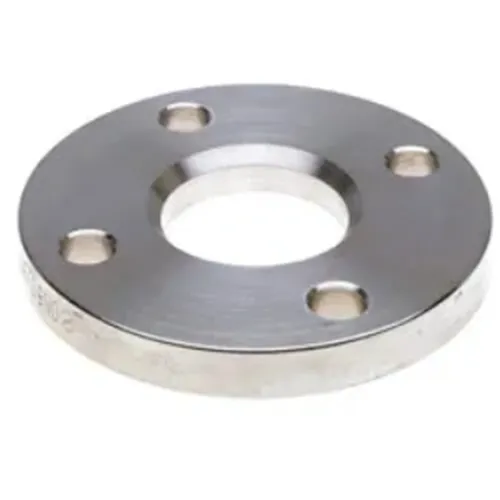-
Cangzhou Yulong Steel Co., Ltd.
-
Phone:
+86 13303177267 -
Email:
admin@ylsteelfittings.com
- English
- Arabic
- Italian
- Spanish
- Portuguese
- German
- kazakh
- Persian
- Greek
- French
- Russian
- Polish
- Thai
- Indonesian
- Vietnamese
- Zulu
- Korean
- Uzbek
- Hindi
- Serbian
- Malay
- Ukrainian
- Gujarati
- Haitian Creole
- hausa
- hawaiian
- Hebrew
- Miao
- Hungarian
- Icelandic
- igbo
- irish
- Japanese
- Javanese
- Kannada
- Khmer
- Rwandese
- Afrikaans
- Albanian
- Amharic
- Armenian
- Azerbaijani
- Basque
- Belarusian
- Bengali
- Bosnian
- Bulgarian
- Catalan
- Cebuano
- China
- China (Taiwan)
- Corsican
- Croatian
- Czech
- Danish
- Esperanto
- Estonian
- Finnish
- Frisian
- Galician
- Georgian
- Kurdish
- Kyrgyz
- Lao
- Latin
- Latvian
- Lithuanian
- Luxembourgish
- Macedonian
- Malgashi
- Malayalam
- Maltese
- Maori
- Marathi
- Mongolian
- Myanmar
- Nepali
- Norwegian
- Norwegian
- Occitan
- Pashto
- Dutch
- Punjabi
- Romanian
- Samoan
- Scottish Gaelic
- Sesotho
- Shona
- Sindhi
- Sinhala
- Slovak
- Slovenian
- Somali
- Sundanese
- Swahili
- Swedish
- Tagalog
- Tajik
- Tamil
- Tatar
- Telugu
- Turkish
- Turkmen
- Urdu
- Uighur
- Welsh
- Bantu
- Yiddish
- Yoruba

Des . 20, 2024 05:28 Back to list
seamless tube sizes
Understanding Seamless Tube Sizes A Comprehensive Guide
Seamless tubes are vital components in a variety of industries, ranging from construction to aerospace, due to their strength, durability, and ability to withstand high pressure. One of the key considerations when working with seamless tubes is their sizing. Understanding the different sizes and their specifications is crucial for ensuring that your application is safe, efficient, and effective. In this article, we will delve into the various factors that influence seamless tube sizes and offer insights into choosing the right size for your project.
What are Seamless Tubes?
Seamless tubes are hollow cylindrical structures that are manufactured without any welding seams. This is achieved through processes like extrusion or rotary piercing, making them stronger and more resilient than welded tubes. Such tubes are commonly made from materials such as stainless steel, carbon steel, and alloy steel, and they find use in applications requiring high pressure or temperature resistance.
Seamless Tube Sizes Explained
Seamless tubes are typically specified by their outer diameter (OD) and wall thickness. The most commonly used specifications include
1. Outer Diameter (OD) This measurement indicates the width of the tube from one outer edge to the other. For instance, a tube might be specified as having an OD of 2 inches or 50 mm.
2. Wall Thickness This dimension refers to the thickness of the tube’s wall. Thicker walls enhance strength and pressure resistance but may make the tube heavier. Wall thickness is typically measured in inches or millimeters, with common specifications ranging from 0.065 inches (1.65 mm) to several inches.
4. Grade and Material The material grade also influences the size and application. Different grades of steel, for instance, have varying mechanical properties that can affect the performance of the tube under stress and temperature variations.
seamless tube sizes

Standards and Regulations
Several international standards govern the sizing and production of seamless tubes. Two of the most widely recognized standards are
- ASTM (American Society for Testing and Materials) ASTM A106 is a standard specification for seamless carbon steel pipes used for high-temperature service. It outlines permissible sizes and mechanical properties. - ASME (American Society of Mechanical Engineers) ASME B36.10 and B36.19 provide metrics for seamless and welded pipes, including dimensions and tolerances.
These standards ensure that seamless tubes are made with precision and consistency, making it easier for engineers and designers to incorporate them into their projects confidently.
Choosing the Right Size
Selecting the appropriate seamless tube size for your application involves several factors
1. Pressure Requirements Determine the internal pressure the tube will need to withstand. Higher pressure will generally require a larger diameter or thicker wall thickness. 2. Type of Fluid or Gas Consider the nature of the material the tube will carry. Certain corrosion-resistant materials may be needed for fluids that can corrode standard steel. 3. Application Environment High-temperature applications may require specific grades of seamless tubes designed to endure extreme conditions.
4. Weight Constraints If your project has weight limitations, select a size that provides sufficient strength without adding excessive weight.
Conclusion
Understanding seamless tube sizes is integral to ensuring the success of any project that incorporates these valuable components. By familiarizing yourself with tubing specifications, industry standards, and your project’s specific requirements, you can confidently select the right seamless tube size for your needs. Quality seamless tubes not only enhance the safety and efficiency of your operations but also contribute to the overall success of your engineering projects.
Latest news
-
ANSI 150P SS304 SO FLANGE
NewsFeb.14,2025
-
ASTM A333GR6 STEEL PIPE
NewsJan.20,2025
-
ANSI B16.5 WELDING NECK FLANGE
NewsJan.15,2026
-
ANSI B16.5 SLIP-ON FLANGE
NewsApr.19,2024
-
SABS 1123 FLANGE
NewsJan.15,2025
-
DIN86044 PLATE FLANGE
NewsApr.19,2024
-
DIN2527 BLIND FLANGE
NewsApr.12,2024
-
JIS B2311 Butt-Welding Fittings LR/SR 45°/90° /180°Seamless/Weld
NewsApr.23,2024










